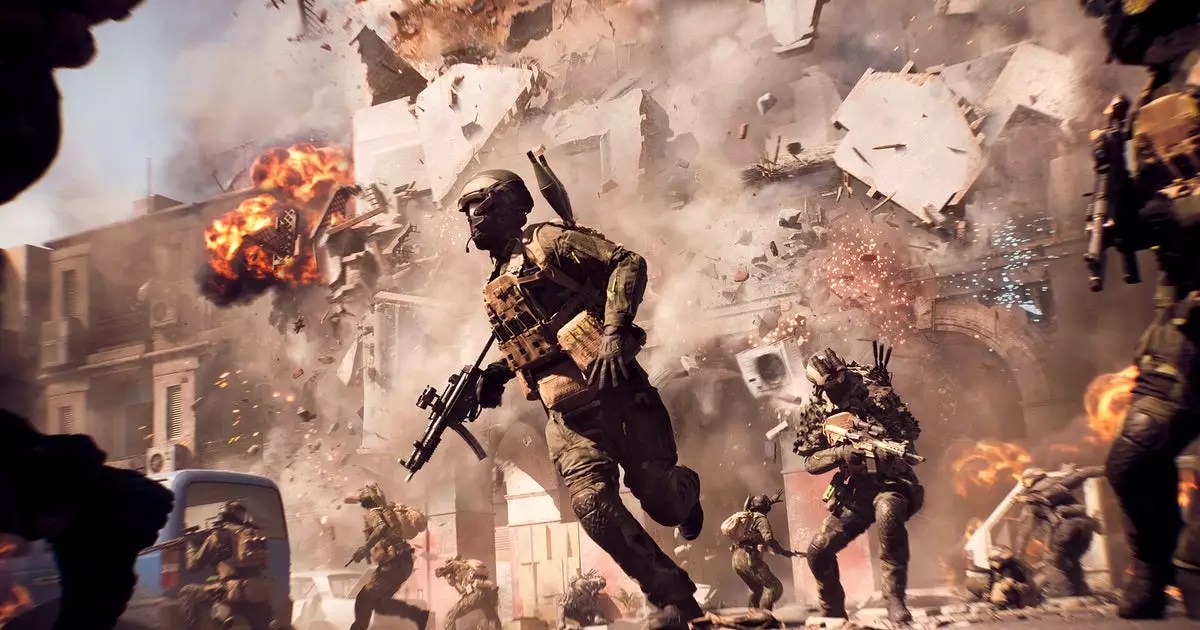In an industry awash with sequels, remakes, and rehashes, Battlefield 6 emerges not just as another installment but as a potential game-changer poised to redefine multiplayer warfare. The recent reveal, albeit overwhelming in its noise, offers clues about what gamers can anticipate. But what stands out isn’t just the hype—it’s how EA is balancing accessibility with high-end performance, signaling a shift in how we perceive gaming hardware requirements. This demonstrates an understanding that in the modern era, a game’s success hinges not only on its innovation but also on how widely it can be played.
What truly excites me about Battlefield 6 is the promising bridge it appears to build between the casual and hardcore audiences. Offering clear minimum and recommended specs suggests an inclusive approach—most gamers should be able to dive into the chaos. The minimum specs, which trace back to hardware that’s over a few years old, imply that the game aims to run on mid-tier systems, reducing entry barriers. On the other hand, the recommended specs point toward a rich, visually immersive experience, hinting that EA understands the importance of delivering both accessibility and graphical fidelity. This duality can significantly expand Battlefield’s reach if executed correctly.
One Platform to Rule Them All? Not Quite
Contrary to the fragmented landscape of digital distribution, Battlefield 6’s platform requirements reveal a nuanced narrative. Gamers on Steam will enjoy the perk of not needing the EA launcher to play, fostering a more seamless experience. Yet, a curious stipulation persists—an EA account remains mandatory. Interestingly, buyers from the Epic Games Store are required to install not just the EA app but also link to their EA account, adding an extra layer of bureaucracy. This underscores EA’s ongoing struggle to unify their ecosystem but also reveals their strategic intent: to keep control and monetize on their platform, regardless of where players purchase.
This divide hints at larger industry trends: platform exclusivity and controlled ecosystems are still prevalent, but there’s an undercurrent aiming at players’ convenience. EA’s decision to clarify that no prior Battlefield knowledge is necessary could be a masterstroke, opening the floodgates to newcomers who might have found previous entries intimidating or overly complex. However, beneath this policy lies an inevitable question about what traditionalist fans think of this approach—are they simply welcoming new players or sacrificing some depth in the process?
Technical Requirements: A Glimpse of the Future
Examining the hardware prerequisites reveals an industry in transition. The minimum specs are reminiscent of setups from as recent as five years ago: an Intel i5-7600K or AMD Ryzen 3 1200, 16GB of RAM, and mid-range graphics cards like Nvidia’s RTX 2060. These suggest that EA recognizes the importance of preventing hardware restrictions from killing the game’s accessibility. However, it also raises concerns about how well the game will perform on lower-end systems—EA abstains from detailing expected FPS or quality settings at the minimum threshold, leaving some ambiguity.
In contrast, the recommended specs, featuring the more powerful Intel i7-10700 or AMD Ryzen 7 3700X alongside 16GB RAM and high-tier graphics cards such as the RTX 3060 Ti or Radeon RX 6700 XT, hint at a graphic-intensive experience. Given the historical pattern of Battlefield launches plagued with bugs and performance issues, players should not expect a perfectly optimized experience at launch. Instead, these specs suggest that EA is aiming for high fidelity and potentially large-scale battles, which could strain even robust systems if not carefully optimized.
The Promising Yet Uncertain Horizon
While EA’s transparency on system requirements is welcome, it’s telling that they choose to withhold finer details about performance benchmarks and visual fidelity. This could indicate that the game is still in flux, and final optimization remains a work in progress. Moreover, the fact that EA is leveraging both Steam and Epic’s platforms to distribute Battlefield 6 underscores ongoing industry fragmentation but also points to a competitive push for dominance.
Particularly intriguing is EA’s statement that prior experience with earlier Battlefield titles isn’t necessary. While appealing to casuals and newcomers, this move could dilute the franchise’s depth, especially for the long-time fans who cherish the series’ complexity and historical battles. Will Battlefield 6 strike a balance between approachability and intensity, or will it lean towards mass-market appeal at the expense of strategic depth? Only time will reveal how EA manages this delicate tightrope walk.
As players brace for more details, one thing remains clear—EA’s strategy signals a game intent on crossing boundaries, both technical and experiential. Whether Battlefield 6 will live up to the colossal expectations or fall prey to the industry’s infamous launch troubles remains uncertain. Nonetheless, it’s undoubtedly one of the most compelling prospects in modern multiplayer gaming, promising innovation that could reshape our digital battlegrounds.


Leave a Reply